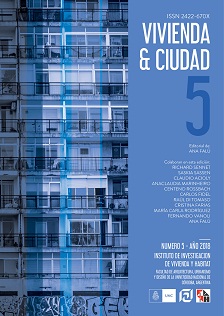Work and its narratives
Keywords:
Trabajo, Narrativas, Sociología, CapitalismoAbstract
When I began writing, my work life divided in two. In one compartment, I wrote novels; in the other, sociology. The novel writing which interested me from the beginning made experiments in narrative -- stories which played with the indeterminate movement of events or created incoherence intentionally. The masters of this kind of disruptive narrative in my youth were Jorge-Luis Borges and Italo Calvino; its great interpretative critic was Roland Barthes. The crafting of such stories exhilarated me, opening up the freedom of the unchartable. As a sociologist, I worked in another realm of time. When I began studying labor in the early 1970's, the life histories of the people I interviewed resembled well-made plots, determinate and constricted rather than experimental. The American manual laborers on whom I reported in The Hidden Injuries of Class (1972), for instance, served only a few employers during the course of their lives, and hoped to better themselves by small, incremental gains in salary and status. White collar employees higher up the job scale even more orchestrated their lives in order to a climb up a fixed corporate ladder. These real-life narratives were shaped by big, well-defined institutions: corporations with elaborate bureaucracies, powerful unions, an intrusive welfare state.References
BARTHELME, D. (1975). The Dead Father. New York: Farrar, Straus and Giroux.
BURTON, R. (2012) Arabian Nights. New York: Glasgow: William Collins
CALVINO, I. (1978). Invisible Cities. New York: A Harvest/HBJ Book, A Helen And Kurt Wolff Book.
SENNETT, R. (1998). The Corrosion of Character: The Personal
Consequences of Work in the New Capitalism. New York: W. W. Norton.
SENNETT, R. Y COBB, J. (1972). The Hidden Injuries of Class. New York: Knopf
Downloads
Published
Issue
Section
License
Authors who publish in this journal agree to the following terms:
a. Authors retain copyright and guarantee to the journal the right to be the first publication of the work as well as licensed under a Creative Commons Attribution-ShareAlike 4 license.
b. Authors may separately establish additional agreements for non-exclusive distribution of the version of the work published in the journal (e.g., placing it in an institutional repository or publishing it in a book), with an acknowledgement of its initial publication in this journal.
c. Authors are permitted and encouraged to disseminate their work electronically (e.g., in institutional repositories or on their own website) before and during the submission process, as this may result in productive exchanges, as well as earlier and greater citation of published work (See The Effect of Open Access).
d. 4.0 International Creative Commons Attribution-ShareAlike 4.0 License.










